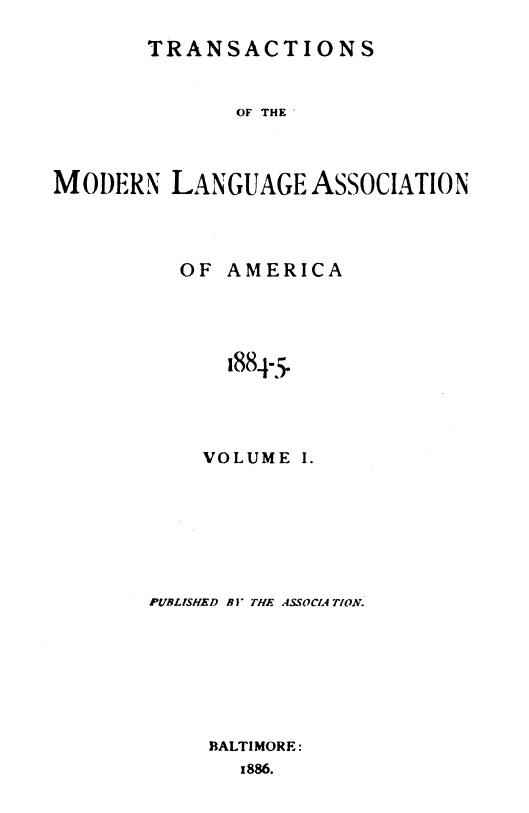No CrossRef data available.
Article contents
Remarks on the Conjugation of the 'Wallonian Dialect
Published online by Cambridge University Press: 11 February 2021
Extract
The following few remarks bear on the modern Wallonian Dialect, especially that of Malmedy, as compared with Modern French. They are intended to show that this dialect (as indeed is generally the case with dialects) is in the main far more advanced in its linguistic development than the literary language, while in some cases, however, it may appear more conservative.
Information
- Type
- Research Article
- Information
- Transactions of the Modern Language Association of America , Volume 1: Transactions 1884-1885 , 1885 , pp. 204 - 215
- Copyright
- Copyright © Modern Language Association of America, 1885
References
Note 1 page 204 Their of er is mute as in modern French; the Wallonians have adopted the French orthography, so that all the forms which I shall quote hereafter without noting the pronunciation have to be read as French words would be.
Note 1 page 207 The h has different pronunciations in different parts of the country, varying between voiceless, χ and aspirate h on the one hand, and voiced y and', on the other. The voiceless sound answers to Latin sc + Pal. or sc + e,i, the voiced one to Latin Voc. s + Pal. or Voc. c + e, i.
2 There is a striking similarity tot eh declension in this reduction of the forms: the declension, too, distinguishes only the singular and plural by the termination, and the six Latin cases are indicated by prepositions. Although this similarity seems to be merely accidental, it is not unlikely nor in fact uncommon that these two principle parts of speech influence each other.
Note 1 page 208 The verb p'leur or poleur “pouvoir” has in our dialect throughout the conjungation the same forms as v'leur or voleur “vouloir,” the initial consonant being the only difference. The l in p'leur is then certainly taken from v'leur just as Middle French il peult “potest” owes its l to il veult “volet”.
Note 1 page 209 It is to be noted that similar forms of the perfect indicative and imperfect subjunctive occur as early as the fourteenth century in certain grammatical treatises pointed out by Stengel, Zeitschrift für neufrans. Sprache u. Lit. 1, 33, and by me, Orthographic Gallica, p. 7.
Note 1 page 212 Seioz is used as imperative.

